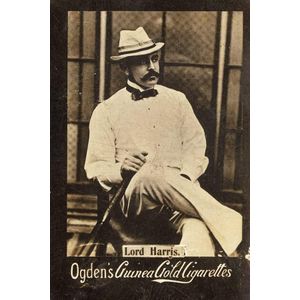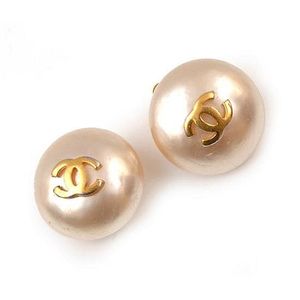Louis XV Style Marquetry Armoire with Adjustable Shelves
You must be a subscriber, and be logged in to view price and dealer details.
Subscribe Now to view actual auction price for this item
When you subscribe, you have the option of setting the currency in which to display prices to $Au, $US, $NZ or Stg.
- Parquetry - Parquetry is inlay laid in geometric patterns, the contrast being achieved by the opposing angles of the grain and veneers. The herringbone pattern is the most commonly used in flooring, but this is almost never seen in furniture - the patterns used are more complex and unlike flooring, can include several different varieties of timber.
- Marquetry - In marquetry inlay, contrasting woods, and other materials such as ivory, shell and metal are inlaid either as panels or in a single continuous sheet over the surface of the piece. The design may be straightforward, such as a shell pattern or a basket of flowers, or it may be infinitely complex, with swirling tendrils of leaves, flowers and foliage, such as one finds, for example, in the "seaweed" patterns on longcase clocks of the William and Mary and Queen Anne periods.
- Panels - Timber pieces, usually of well-figured wood either recessed or applied over the frames of doors and as decoration elsewhere in the carcase of cabinet furniture. The panels may take a variety of shapes rectangular, square, shield shape, oval, half-round or in the form of Egyptian pylons.
- Inlay - Decorative patterns inserted into the main body of a piece of furniture, generally in wood of contrasting colour and grain, though brass, ivory, ebony, shell and sometimes horn have been used. Inlay may consist of a panel of well figured timber inset into a cabinet door front, geometric patterns, or complex and stylized designs of flowers, swags of foliage, fruits and other motifs. As a general rule, in pieces where the carcase is constructed in the solid, the inlay is relatively simple such as stringing, cross banding and herringbone banding. Where more elaborate and decorative work was required veneer was used. Inlay has been fashionable from at least the latter half of the 17th century, when a variety of elaborate forms were developed
This item has been included into following indexes:
Visually similar items

14ct yellow gold Albert chain, approx 12.9 grams

Chinese yellow enamel porcelain vase, mark to base, 7.5 cm high

1899-1901 cricket cards, comprising Ogdens 'Cricketer Base I' [11]; Ogdens 'Cricketers Base M' [7/50]; Ogdens 'English Cricketer Series' [5/14]; plus 1899 W. & F.Faukner (Grenadier Cigarettes) 'Cricket Terms' [6/12]. Poor/VG. (Total 29)

A pair of vintage earrings by Chanel, the faux pearl buttons with applied monogram to clip fittings
